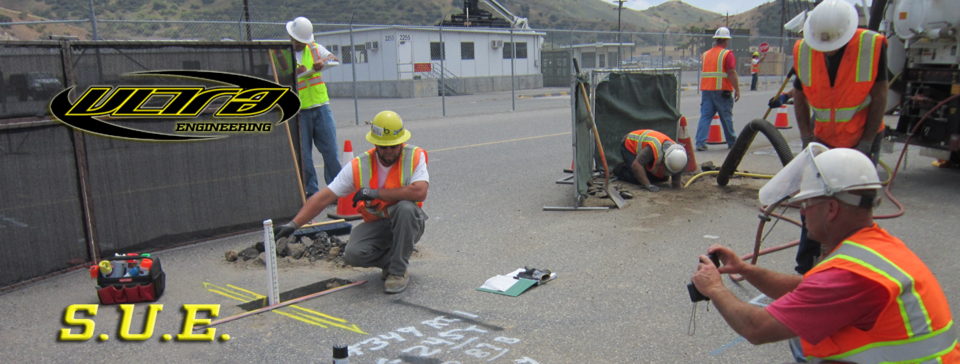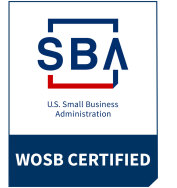
Subsurface Utility Engineering
The inability to obtain reliable underground utility information has long been a troublesome problem for highway designers in the United States. Many States utilize consultants to identify the quality of subsurface utility information needed for highway plans, and to acquire and manage that level of information during the development of highway projects. This engineering practice is known as Subsurface Utility Engineering (SUE).
Subsurface Utility Engineering
SUE is an engineering practice that has evolved considerably over the past few decades. The SUE process combines civil engineering, surveying, and geophysics. It utilizes several technologies, including vacuum excavation and surface geophysics. Its use has become a routine requirement on highway projects in many states.
Since 1991, the FHWA has been encouraging the use of SUE on Federal-aid and Federal Lands Highway projects as an integral part of the preliminary engineering process. Costs for SUE services are eligible for Federal participation.
The proper and successful use of SUE benefits both highway agencies and the impacted utilities in the following ways:
- Unnecessary utility relocations are avoided. Accurate utility information is available to the highway designers early enough in the development of a project to design around many potential
conflicts. This significantly:
- Reduces costly relocations normally necessitated by highway construction projects.
- Reduces delays to the project caused by waiting for utility work to be completed so highway construction can begin.
- Unexpected conflicts with utilities are eliminated. The exact location of virtually all utilities can be determined and accurately shown on the construction plans. As a result:
- Delays caused by redesign when construction cannot follow the original design due to utility conflicts are reduced.
- Construction delays caused by cutting, damaging, or discovering unidentified utility lines are reduced.
- Contractor claims for delays resulting from unexpected encounters with utilities are reduced.
- Safety is enhanced. When excavation or grading work can be shifted away from existing utilities, there is less possibility of damage to a utility that might result in personal injury, property damage, and releases of product into the environment.
SUE Standards and Definitions
The American Society of Civil Engineers' (ASCE) Standard Guideline for the Collection and Depiction of Existing Subsurface Utility Data was published and distributed in 2003. The ASCE standard makes it very clear that SUE is a process, not a technology. It defines SUE as a branch of engineering practice that involves managing certain risks associated with:
- utility mapping at appropriate quality levels,
- utility coordination,
- utility relocation design and coordination,
- utility condition assessment,
- communication of utility data to concerned parties,
- utility relocation cost estimates,
- implementation of utility accommodation policies, and
- utility design.
These activities, combined with traditional records research and site surveys, and utilizing new technologies such as surface geophysical methods and non-destructive vacuum excavation, provide "quality levels" of information.
Quality level A
Quality Level A. QL-A, also known as "locating", is the highest level of accuracy presently available and involves the full use of the subsurface utility engineering services. It provides information for the precise plan and profile mapping of underground utilities through the nondestructive exposure of underground utilities, and also provides the type, size, condition, material and other characteristics of underground features.
Ultra Engineering Contractors, Inc. is a Quality Level A Subsurface Utility Engineering provider.



